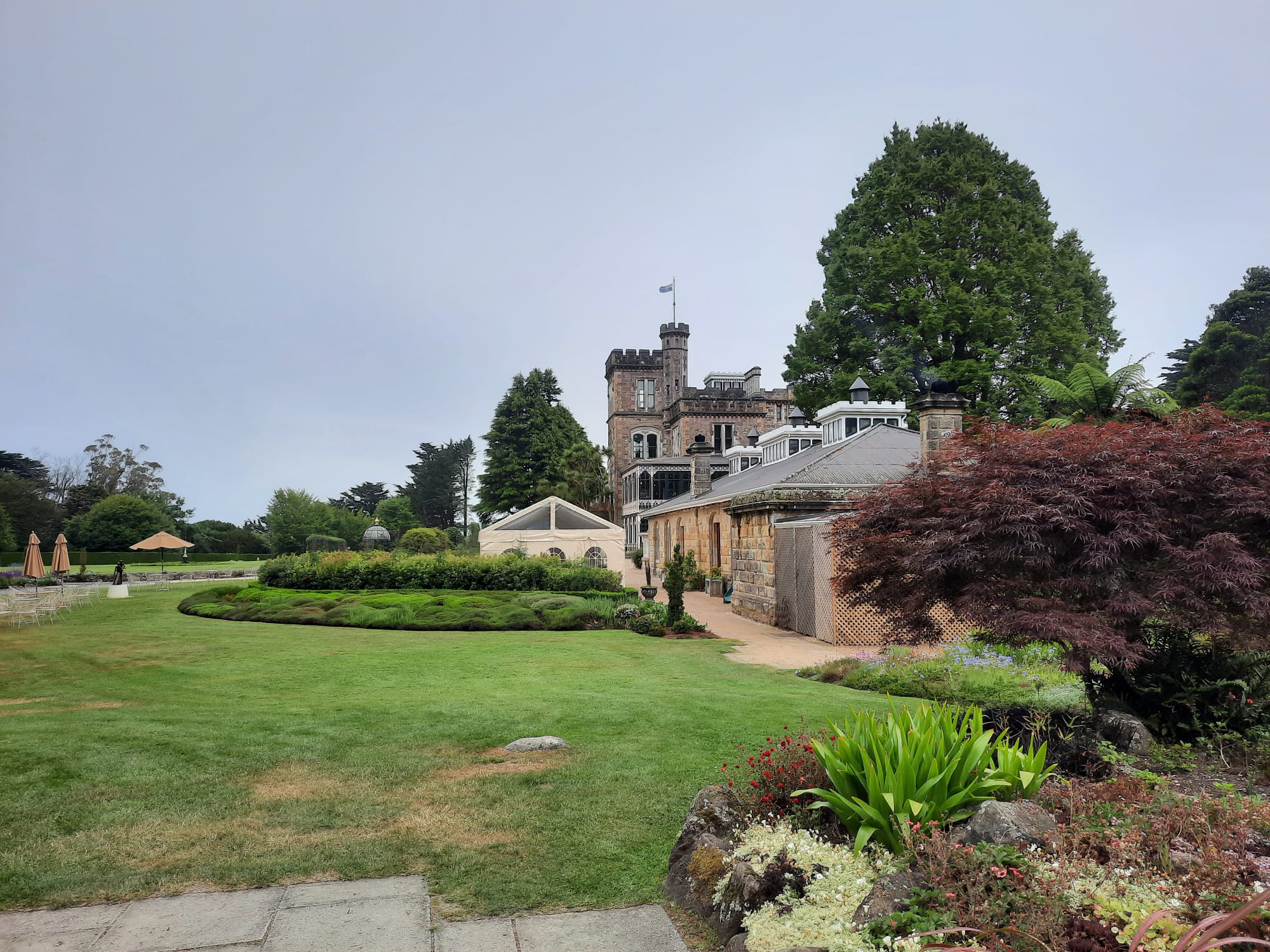Larnach Castle, Dunedin
A final post from Dunedin takes in “New Zealand’s only castle”, the Victorian Larnach Castle on the Otago Peninsula.
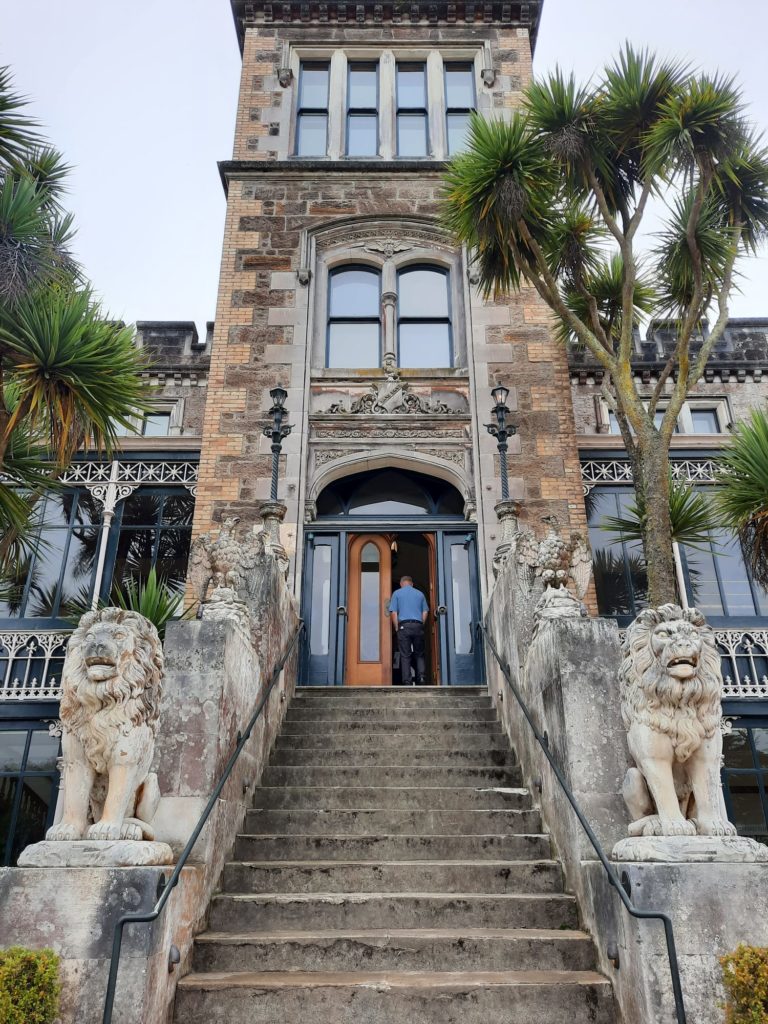
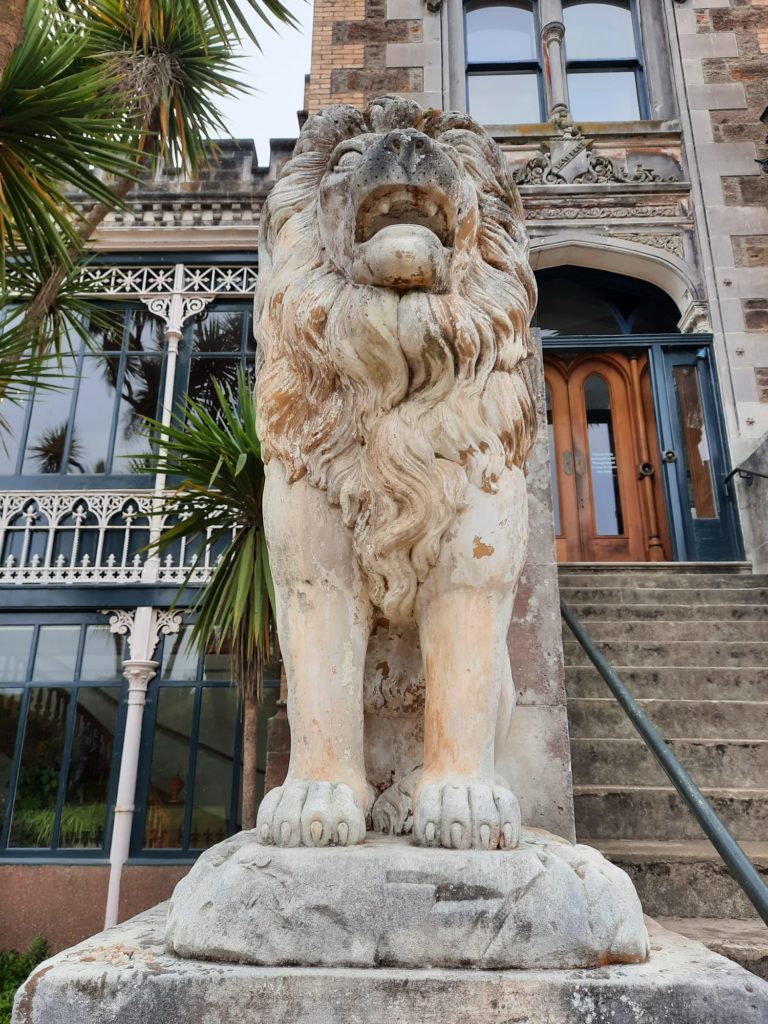
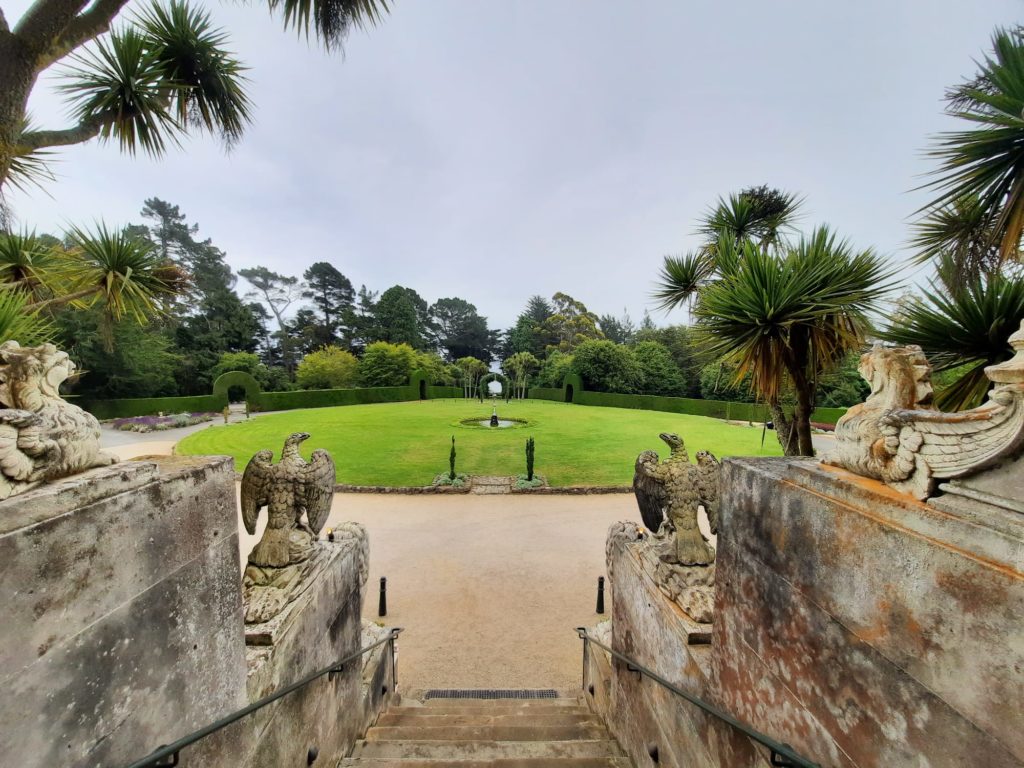

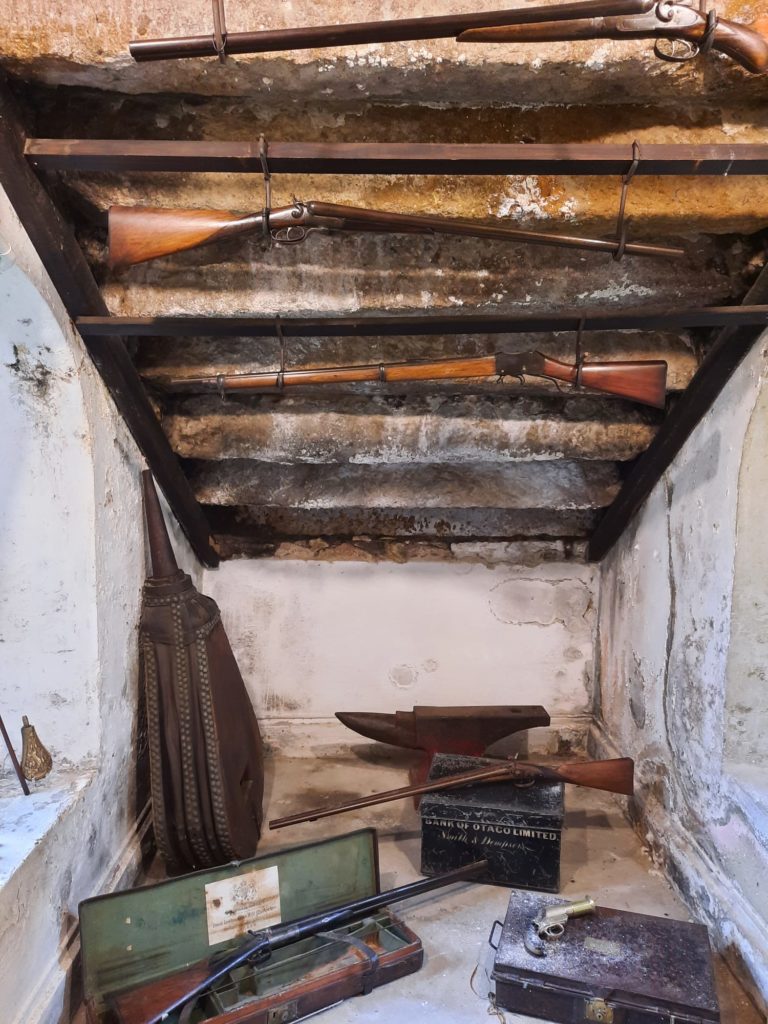
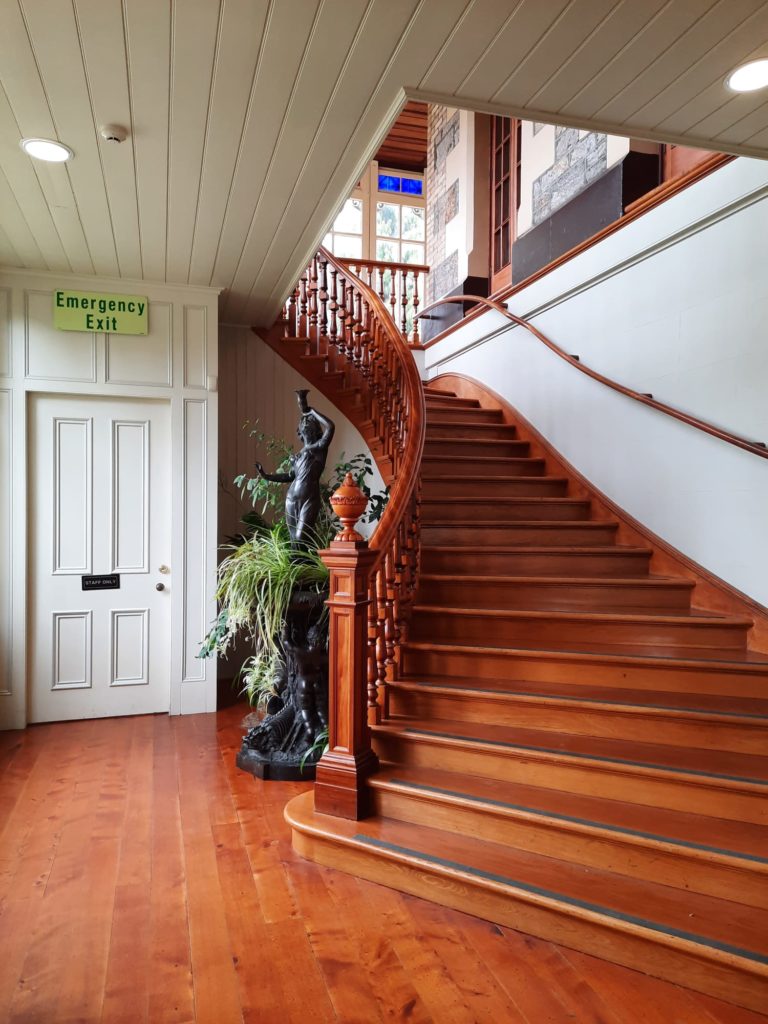
A Castle In Dunedin?
Well, almost. The final post in our Dunedin series (not final New Zealand post, more coming soon) takes in Larnach Castle. This impressive home overlooking Otago Harbour dates to the 1870s. Known to the Larnach family as “The Camp”, the name “Larnach Castle” or “Larnach’s Castle” was coined by contemporary newspapers and has stuck.
The Larnach family story was unfortunately not a happy one. By 1906 they had sold the house, which continued to pass through various hands for the next several decades. Bought in the 1960s by a young couple, it has remained in their family since. Through hard work and dedication Larnach Castle, now restored, is an attraction for local and international visitors.
It’s one of those things: when you live in a place, you don’t always go to the tourist spots. Or at least not frequently. I’m sure I must have been to Larnach Castle in the past, but I didn’t actually remember the specifics. So my recent trip back to Dunedin was an excellent opportunity to revisit and remember what it is all about. Join me as we take a look at this atmospheric, storied, possibly haunted Victorian labour of love.
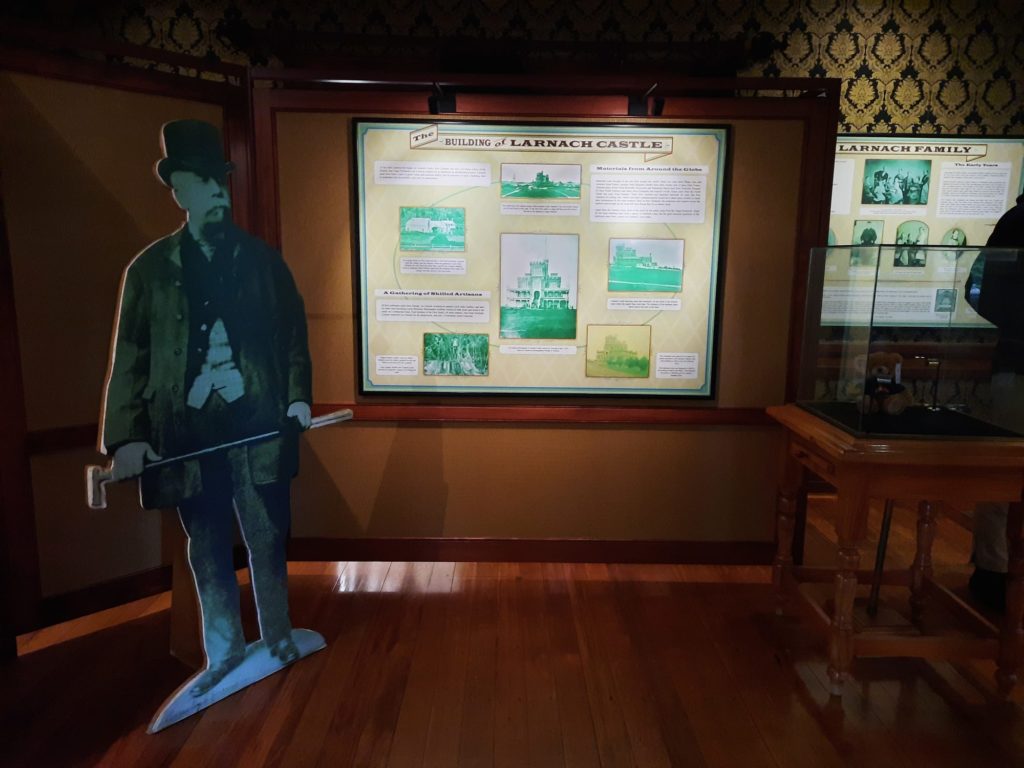
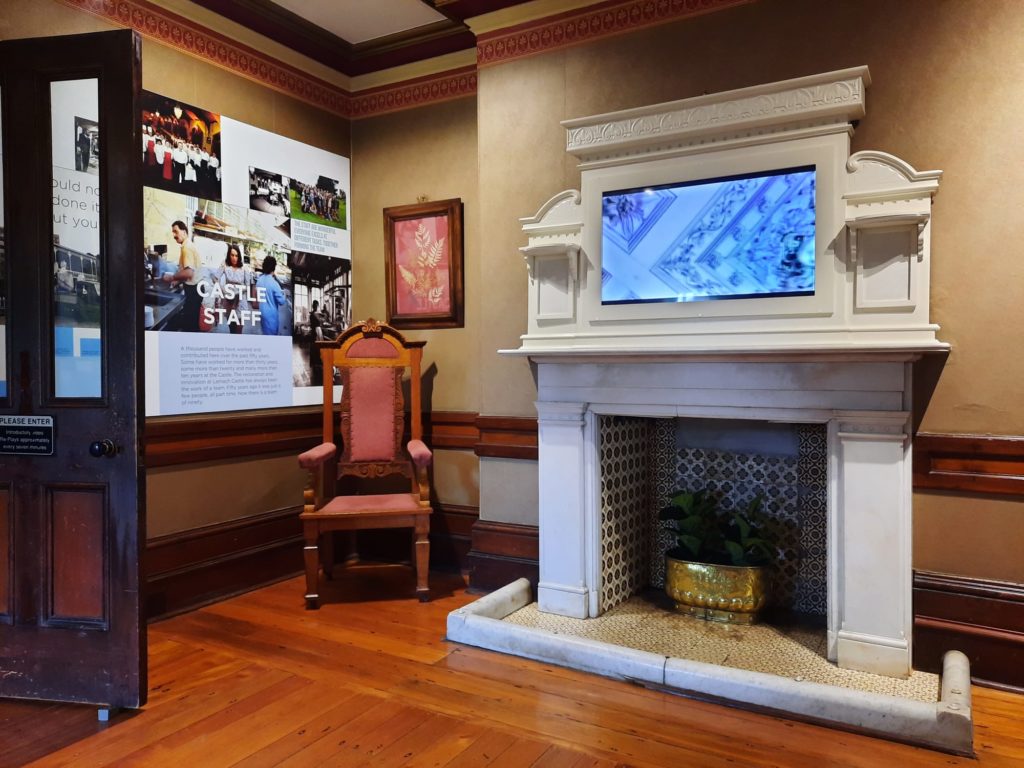
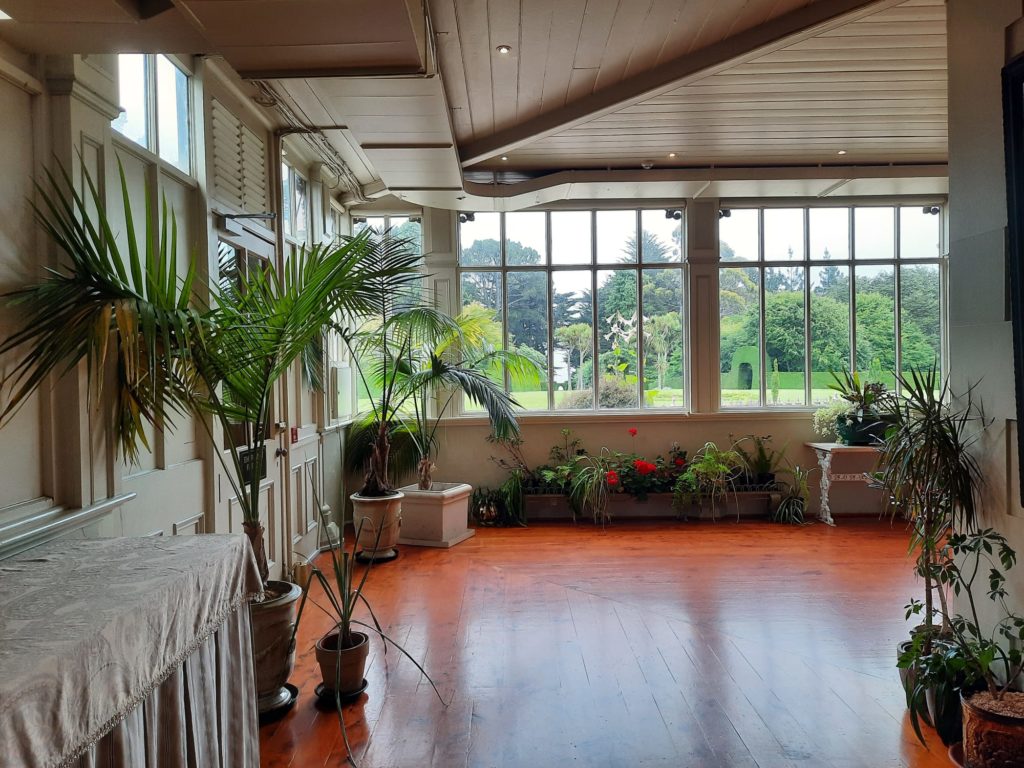
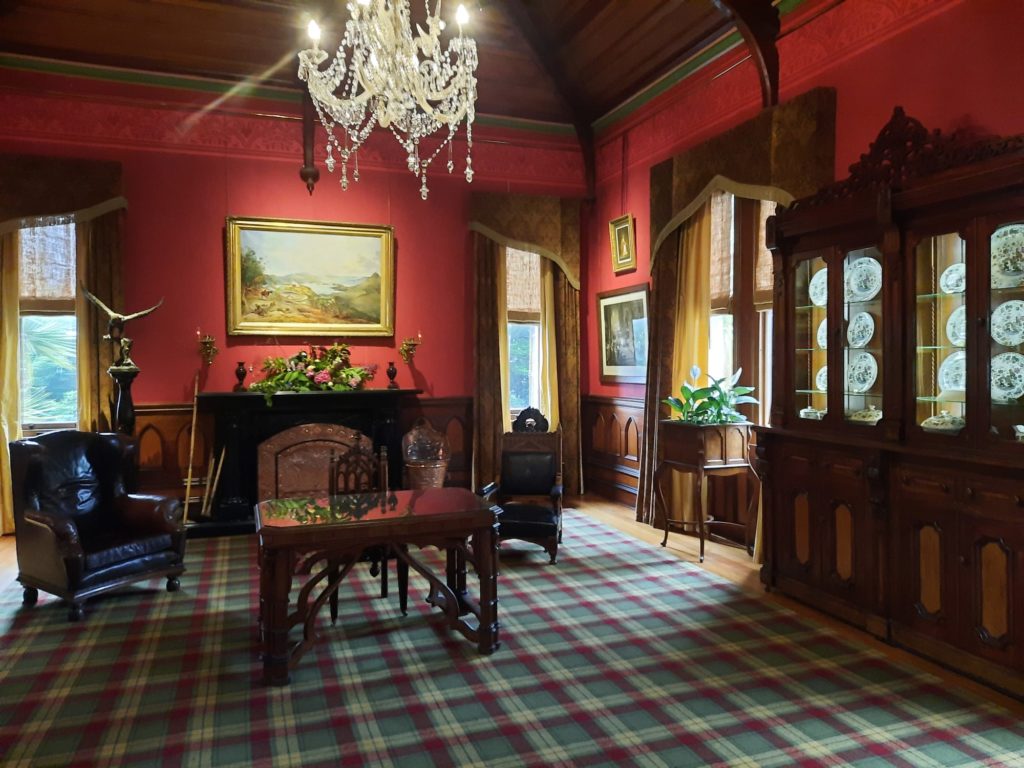
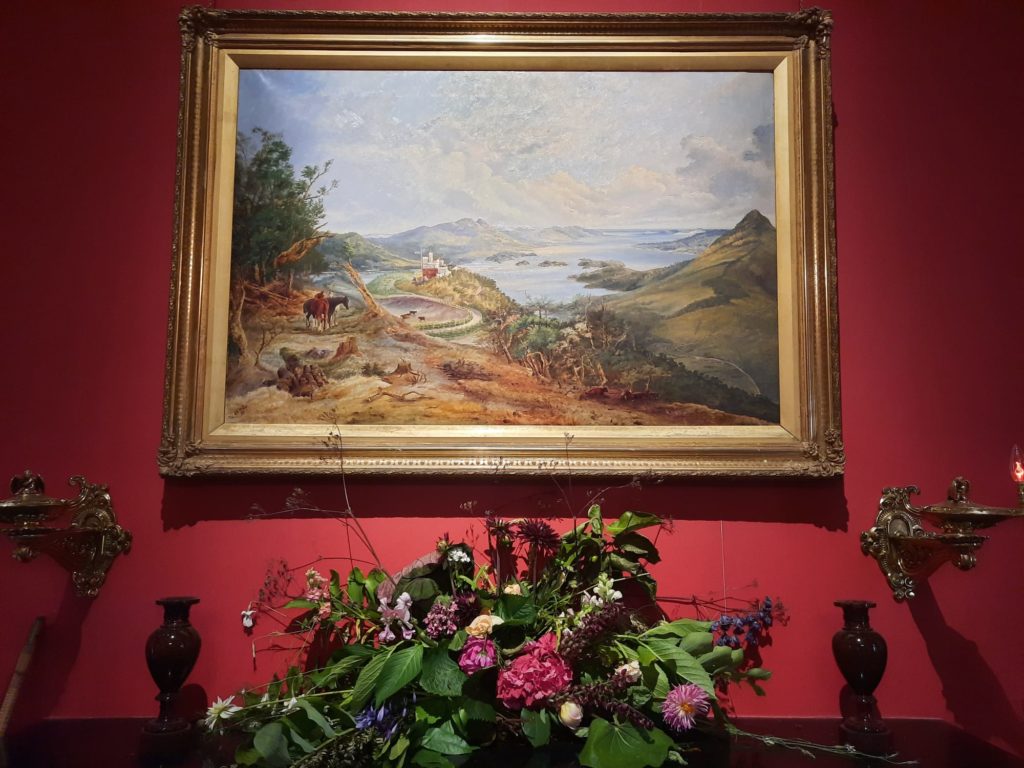

The Camp
William Larnach is an interesting case study in the life of a colonial subject. Born in Australia in 1833, his father was in charge of some of those convicts we hear so much about, and apparently not a kind man. The family were well-connected, and considered themselves to be British (despite William spending almost his entire life in the colonies). William began a career in banking in 1850, interrupted for four months in 1851 by a stint as a digger on a gold field. He married his first wife in 1859.
In 1867 William became Chief Colonial Manager of the Bank of Otago, formed to profit from New Zealand’s gold rush. He duly moved to Dunedin to take up the post. In 1870 he purchased the land on which his home would stand, and spent the next 16 years overseeing its construction. The house is a curious blend of styles. It takes elements of the Gothic revival popular back “Home” (in England), and mixes in recognisably colonial flourishes such as the wrought iron verandas. In an additional colonial twist, the verandas so popular in Australia turned out not to be very suited to the Dunedin climate and had to be enclosed.
“The Camp” was a statement of Larnach’s wealth and taste. Luxury materials from around the world were shipped in, as well as workmen to work on various elements of it. A later ballroom was a gift to his eldest daughter. In a city settled only a few short years before Larnach’s arrival, the house was designed to set the family at the pinnacle of society. It was not, however, to last long.
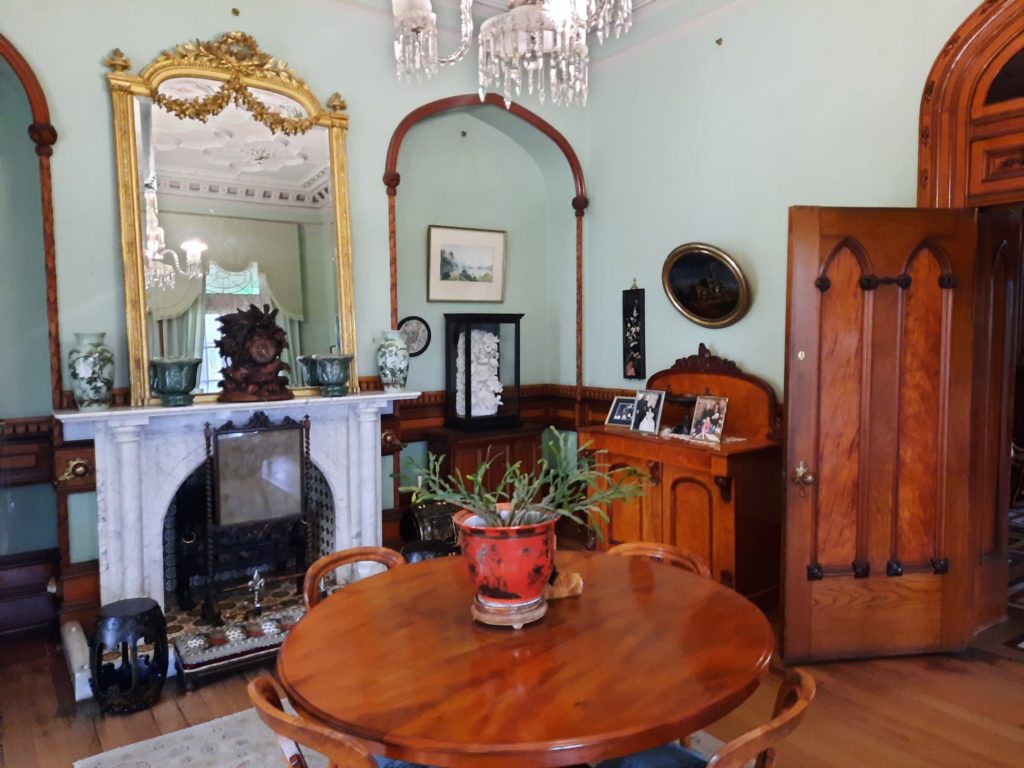
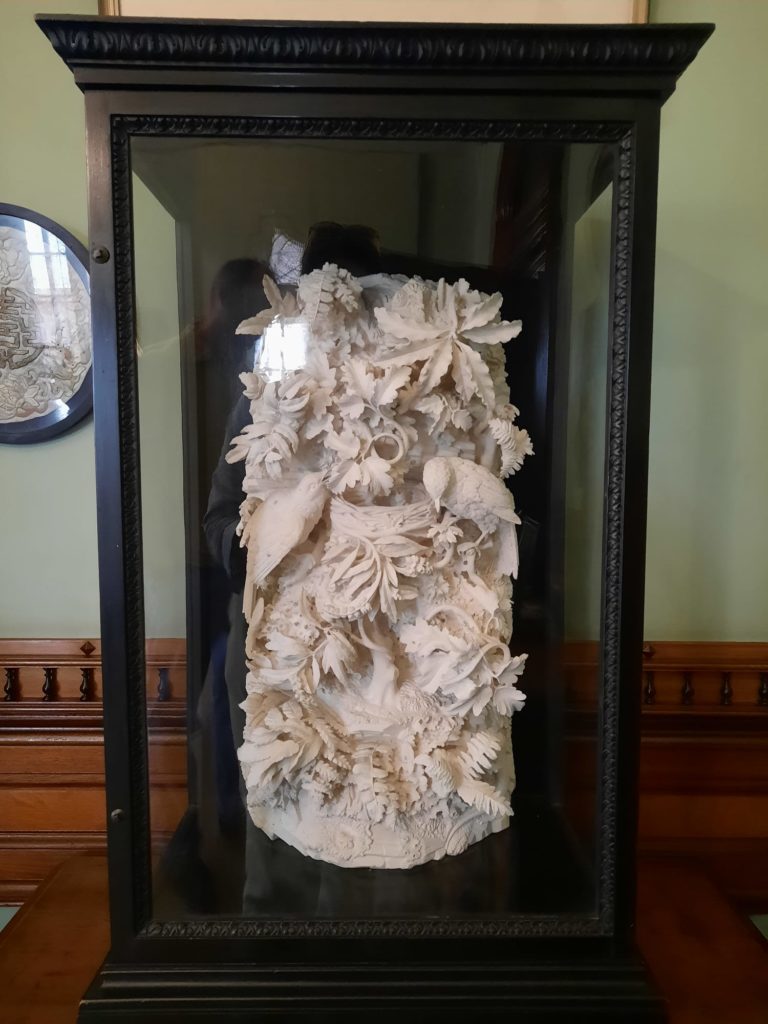
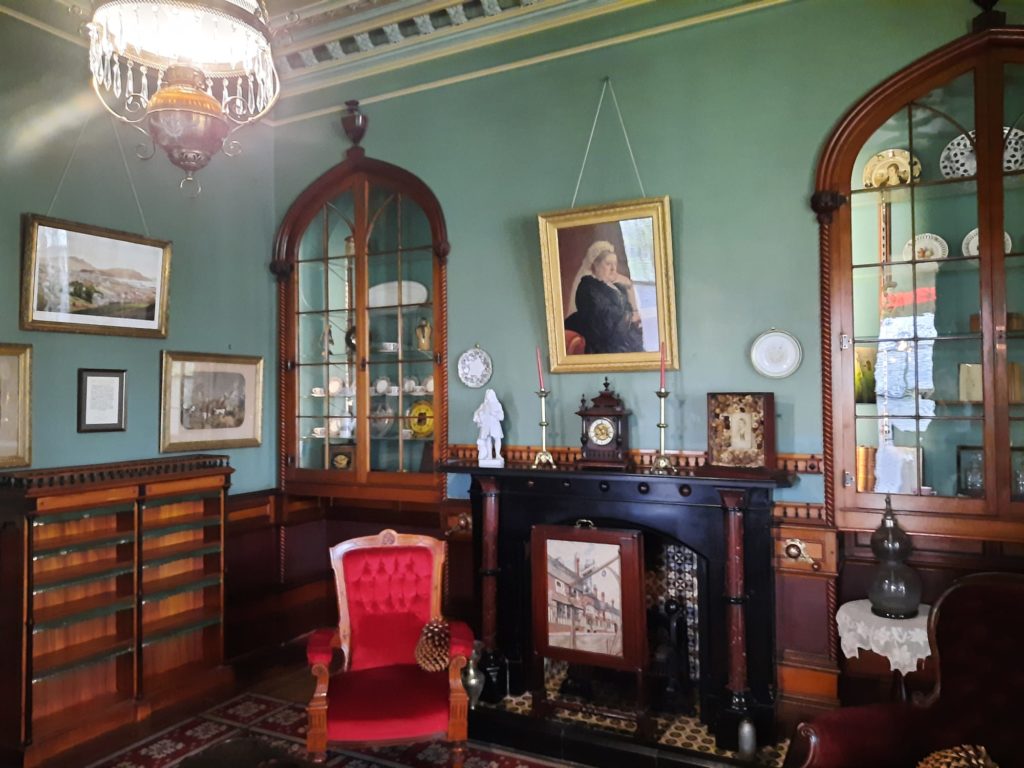
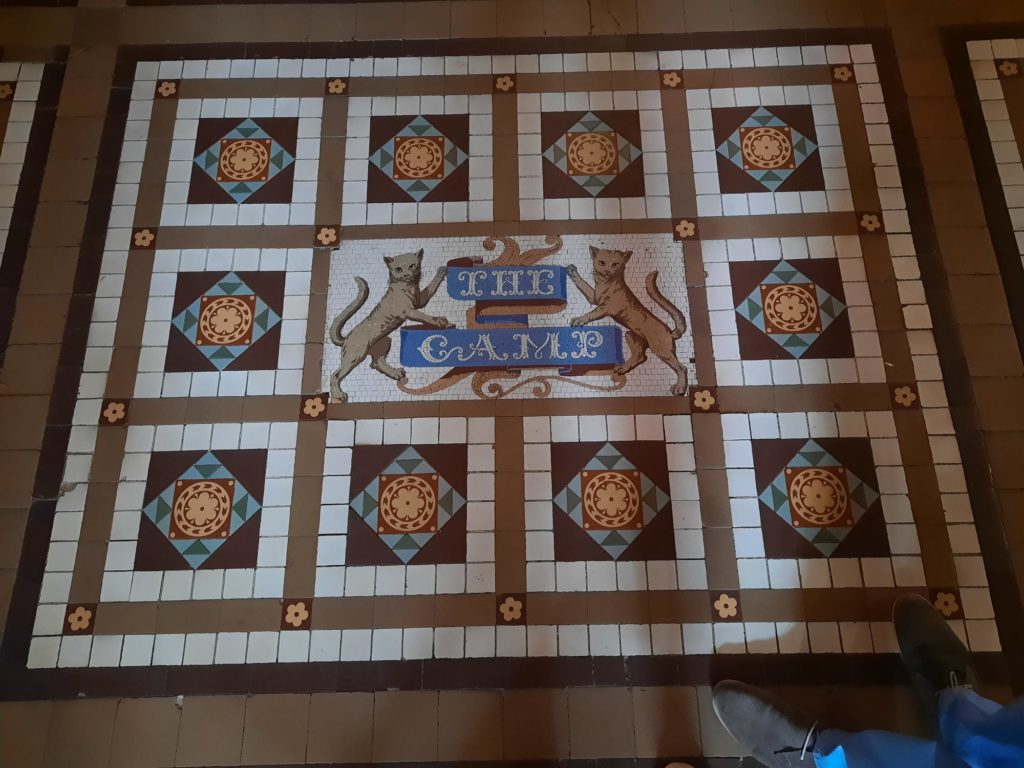
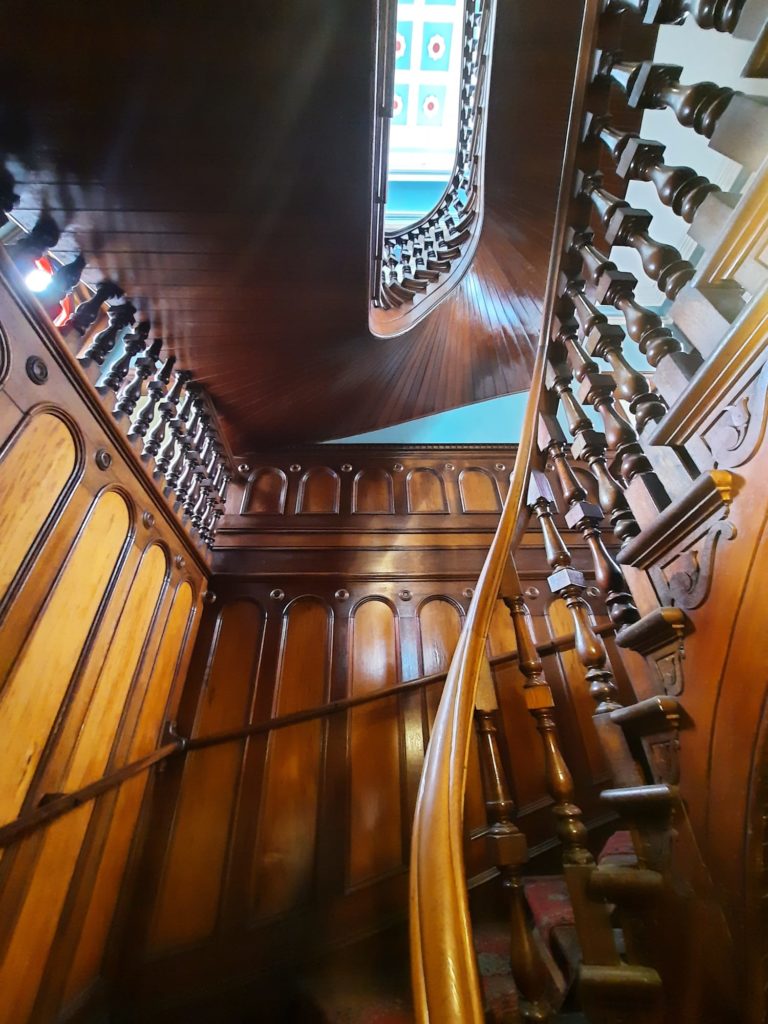
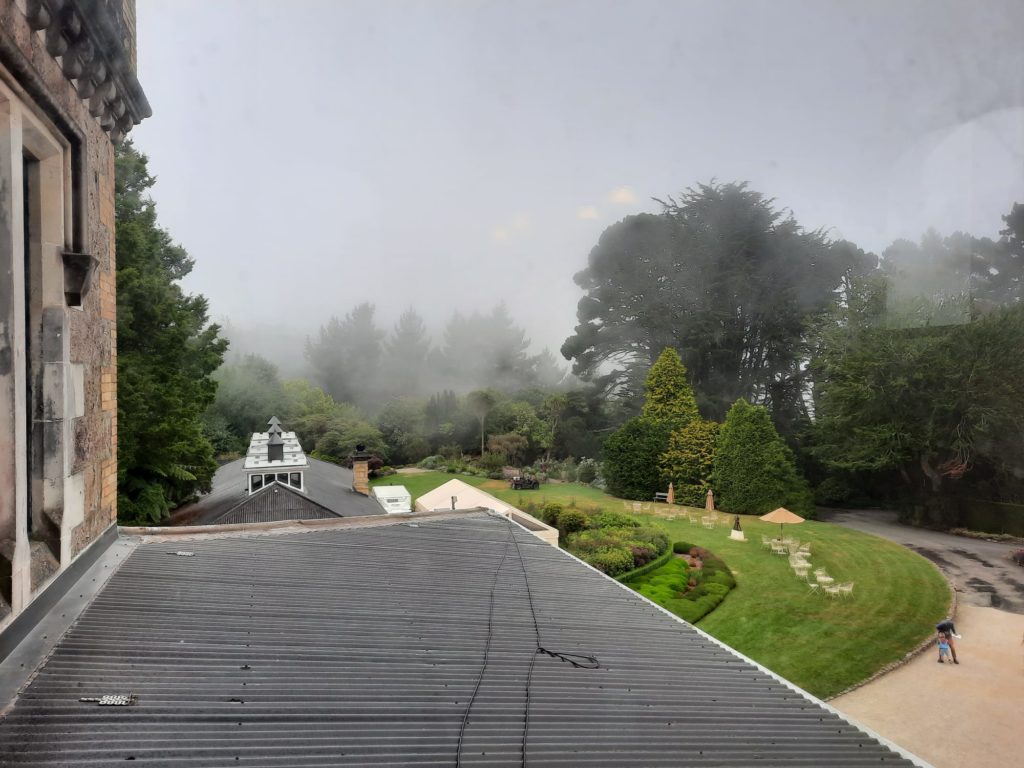
“The Camp” Becomes Larnach Castle
William and his wife Eliza moved into “The Camp” in 1874. It was the local press who first referred to it as a ‘castle’. After Eliza’s death aged 38, William married her sister Mary Alleyne. This was a whole thing in the Victorian era and had only recently become legal in the colonies (it wasn’t legal to marry your deceased wife’s sister in the UK until 1907). Anyway, William remarried. He put all his property in Mary’s name to avoid a bankruptcy he feared was coming. When Mary died five years later, she left William’s children all his property (as per a pre-nup), and there were some dodgy dealings where they signed their inheritance back over to dad. William then remarried a much younger woman, Constance de Bathe Brandon, and everyone was quite annoyed with him.
Shortly after William’s third marriage, his favourite daughter Kate died of typhoid (in 1891). It was a huge blow to William. Things continued in a strained fashion until 1898, when William shot himself in Parliament in Wellington and died. Certainly a dramatic end. There was an inheritance dispute with Constance and one child vs. the rest of them. The family essentially tore themselves apart, and had sold the house by 1906. It passed through various hands after this, and fell into disrepair.
Enter Barry and Margaret Barker in 1967. A young couple on honeymoon in the South Island, they came across the ruined house and fell in love with it. It was a bit of a mess, with the ballroom used as a sheep pen among other indignities. But they purchased it, and lived in it as a family home while slowly repairing it. Larnach Castle remains in the Barker family today, with son Norcombe now the Executive Director. The restoration has included in depth research to return the home to its original appearance, combined with the purchase, where possible, of objects and furniture connected to the Larnach family. The Barker family have diversified their business, and Larnach Castle today is a visitor attraction with restaurant, accommodation, gardens and wedding venue.
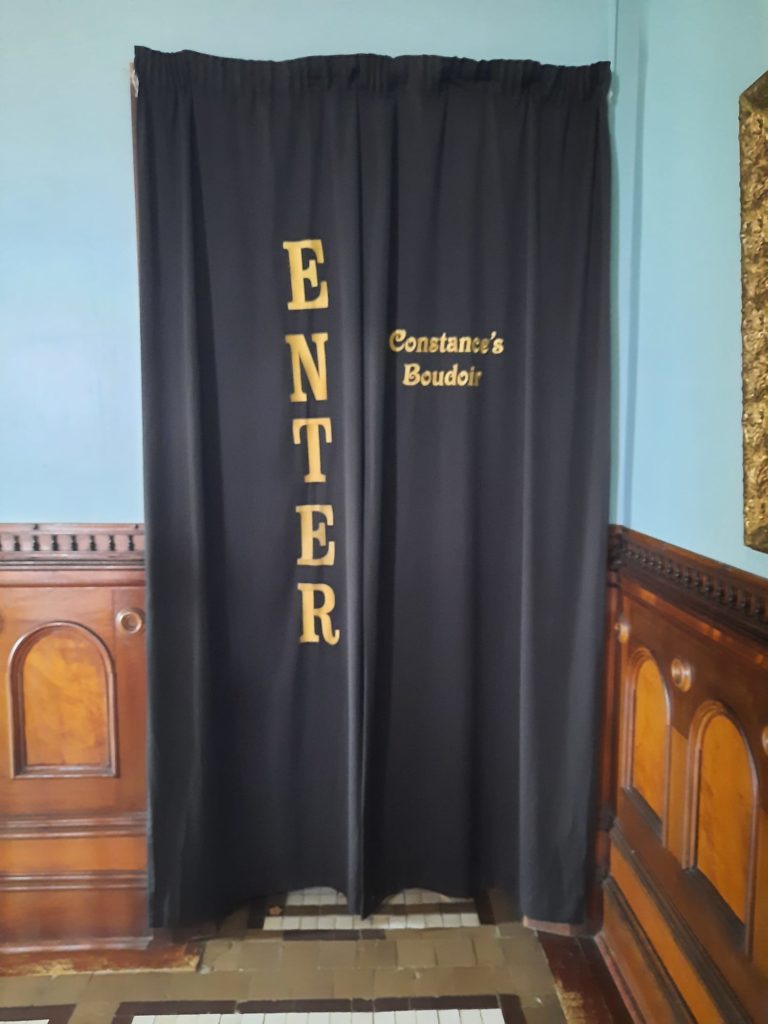
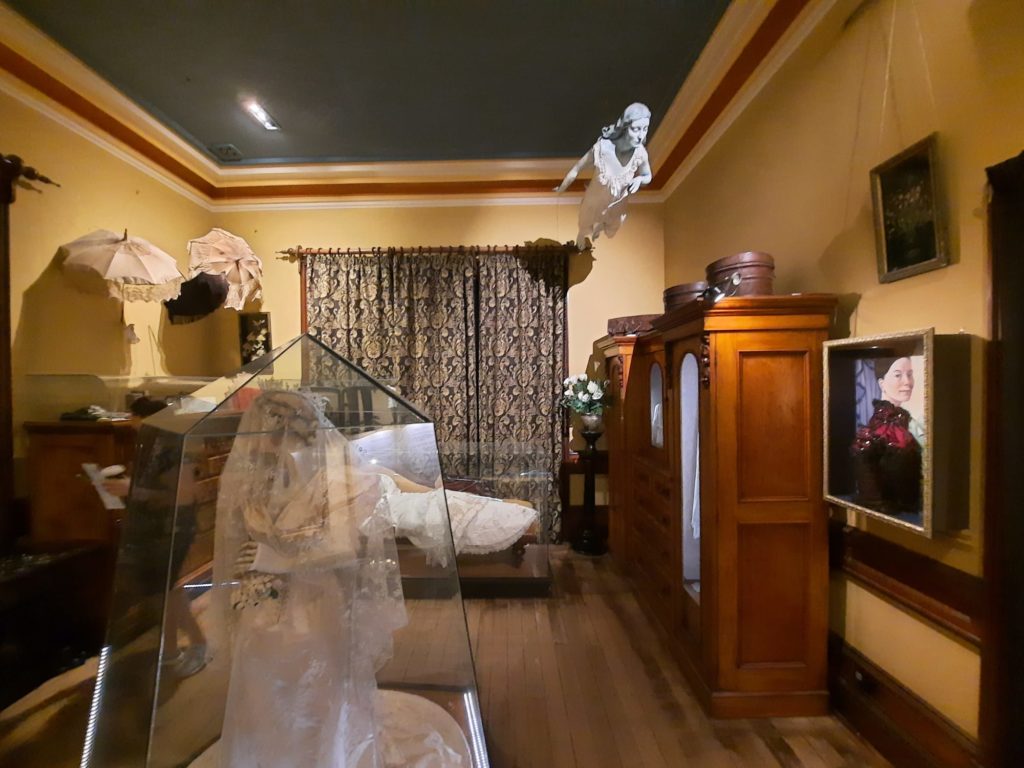
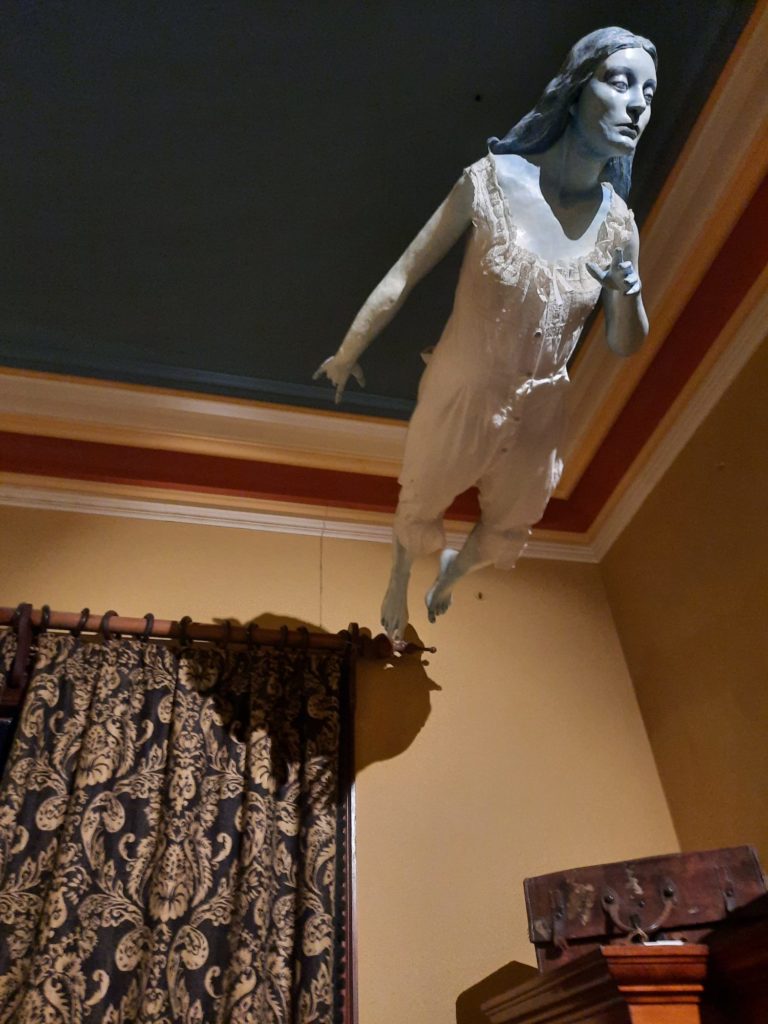
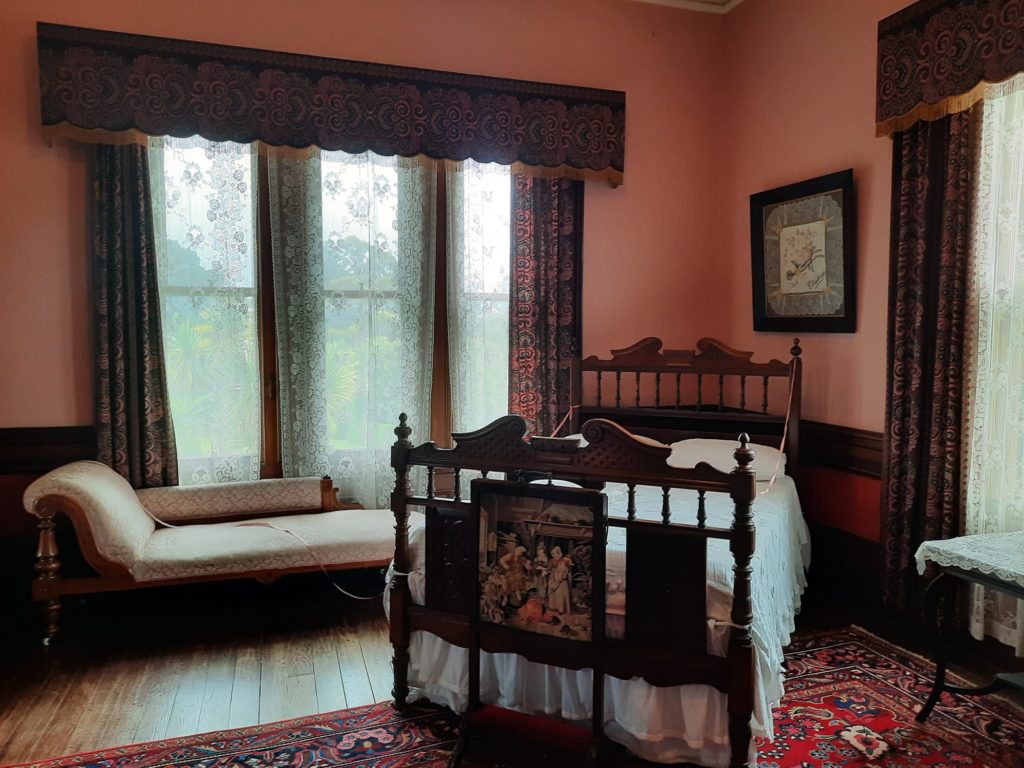
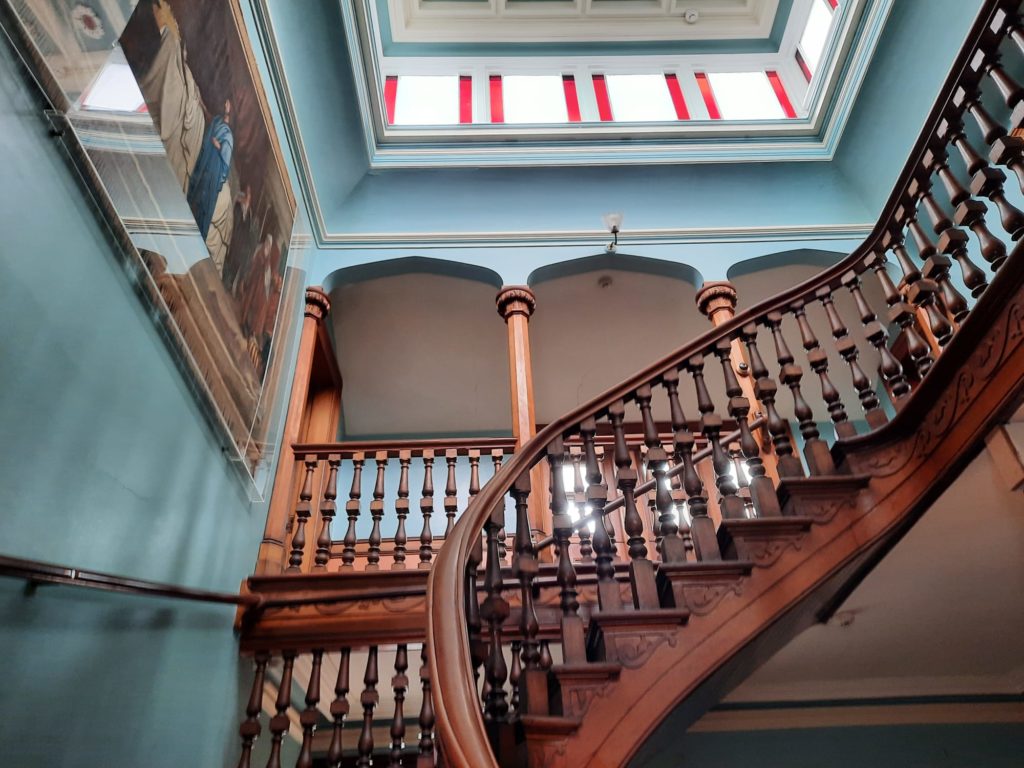
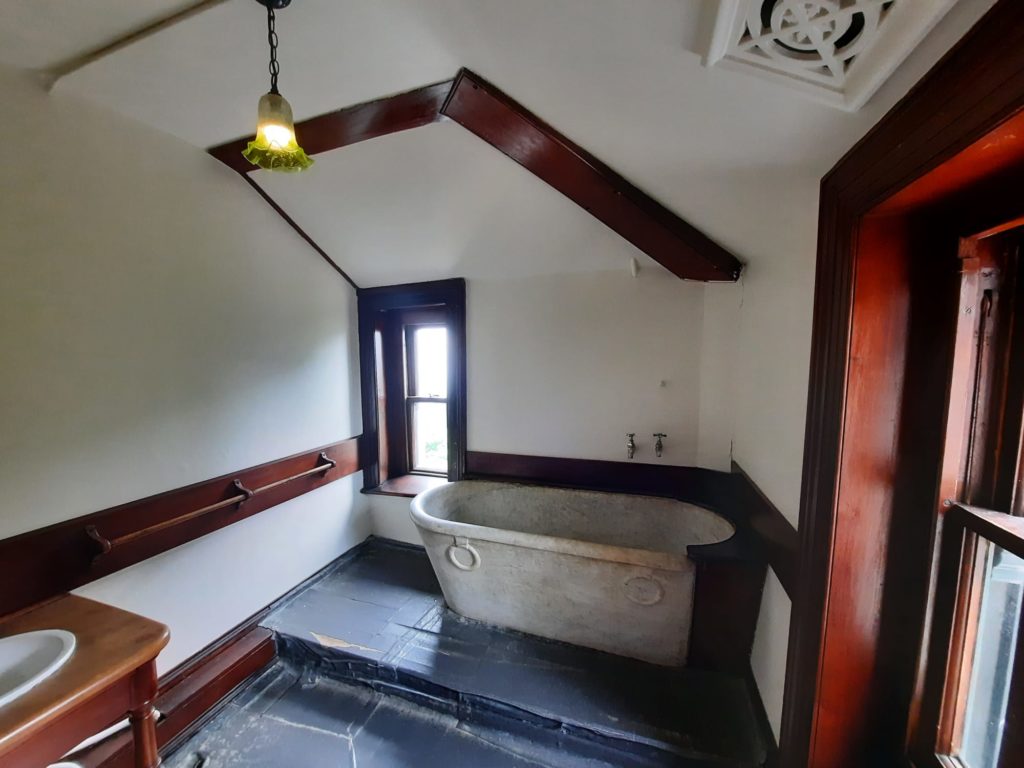
Visiting Larnach Castle
Not having any memory of previous visits, I didn’t quite know what to expect from Larnach Castle. I think it’s safe to say it exceeded my expectations. Tickets are available for the gardens or gardens + house. We had the latter, and started with a visit to the house. Visitors ring the doorbell, and receive a brief orientation from a visitor host. An informative handout gives enough information to navigate the rooms and pick out key features.
Despite not having many original furnishings, Larnach Castle is an atmospheric Victorian home. Decorative schemes are true to the fashions of the time, and the furniture a mix of imported and local timbers. It gives a reasonable sense of how the family would have lived and entertained here. A few unexpected additions presumably show the Barker family’s impact. One room is set up, for instance, as Constance’s boudoir, complete with heavy black drapes through which to enter and a ‘ghost’ which I assume is a commissioned artwork. Not the sort of thing you usually see in a historic home, to me this is part of the charm of a visitor attraction in private hands.
The house extends over several floors, plus a turret rooftop which is worth the climb for the views. Odd original features like a marble bath which is a replica of one from Herculaneum rub shoulders with drab Victoriana. Much of the lower floor is an information hub with panels on the Larnach family as well as a video on the Barker family’s tenure. It’s best to start down here to get your bearings before using the printed guide to explore the rest.
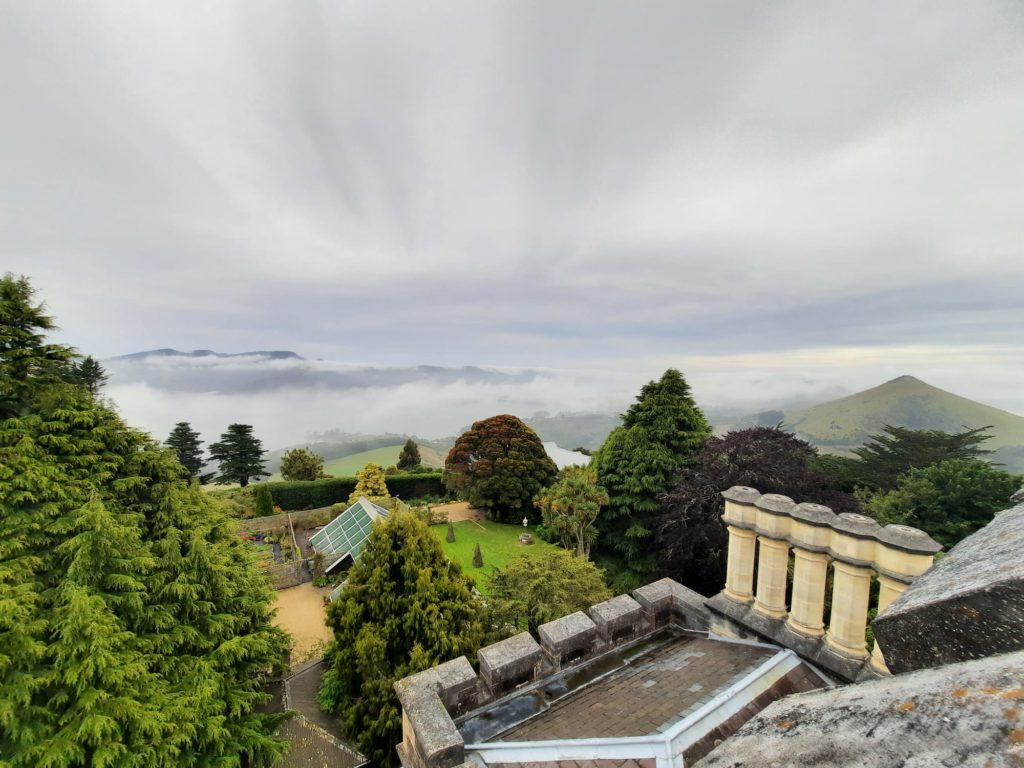
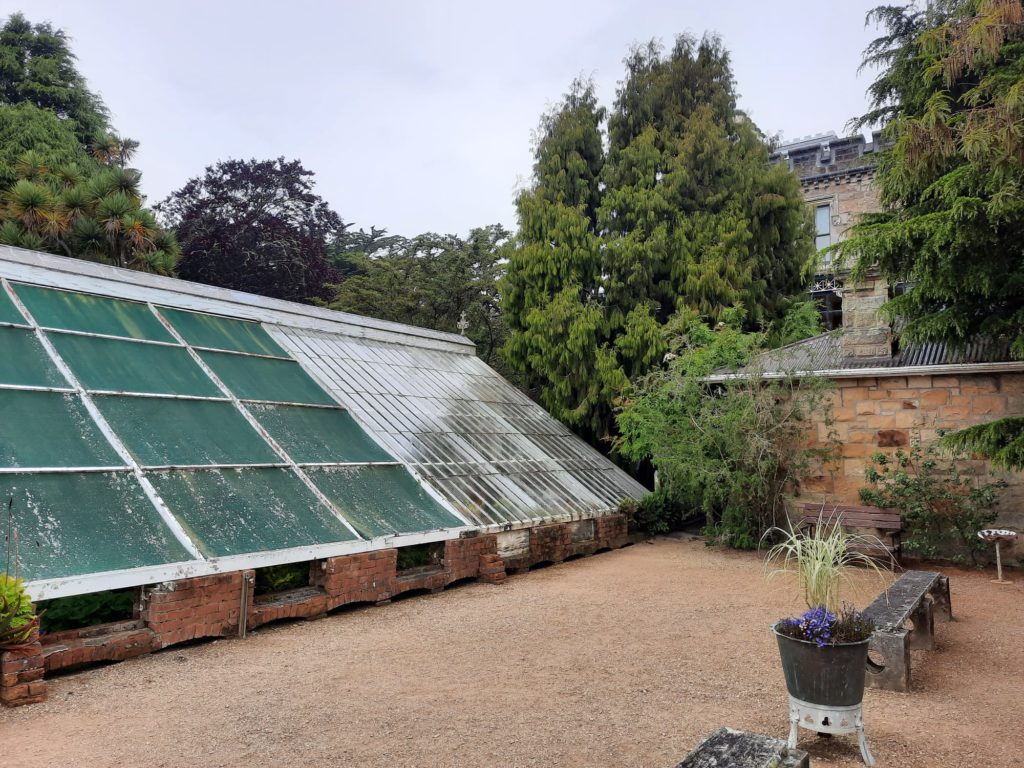
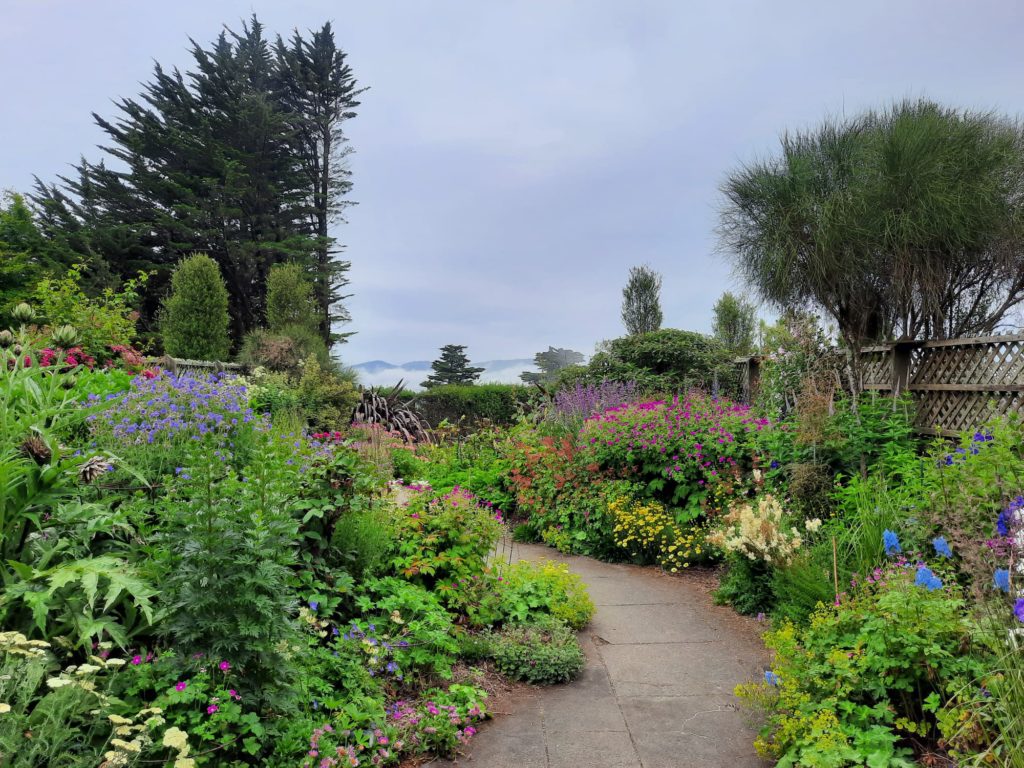
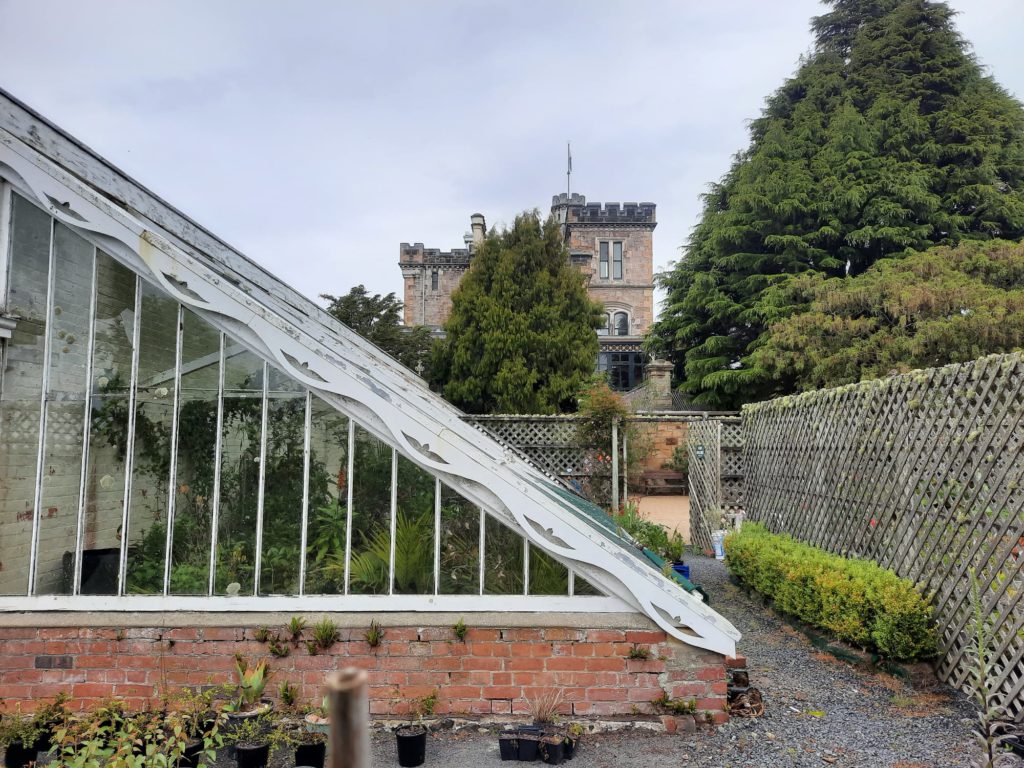
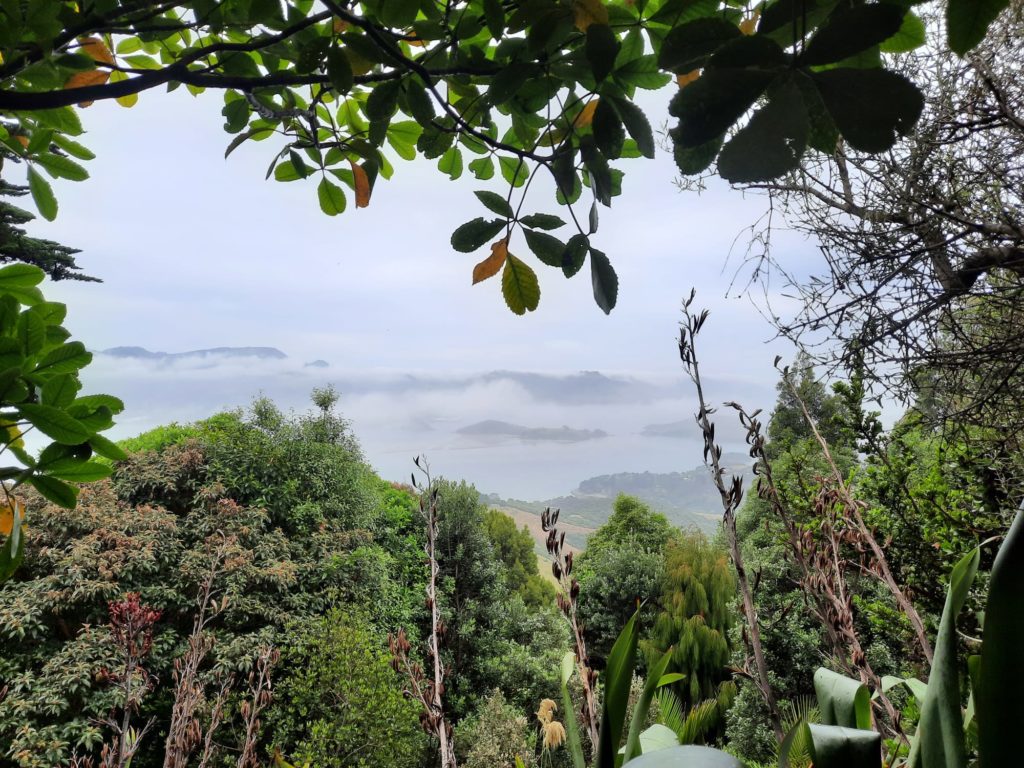
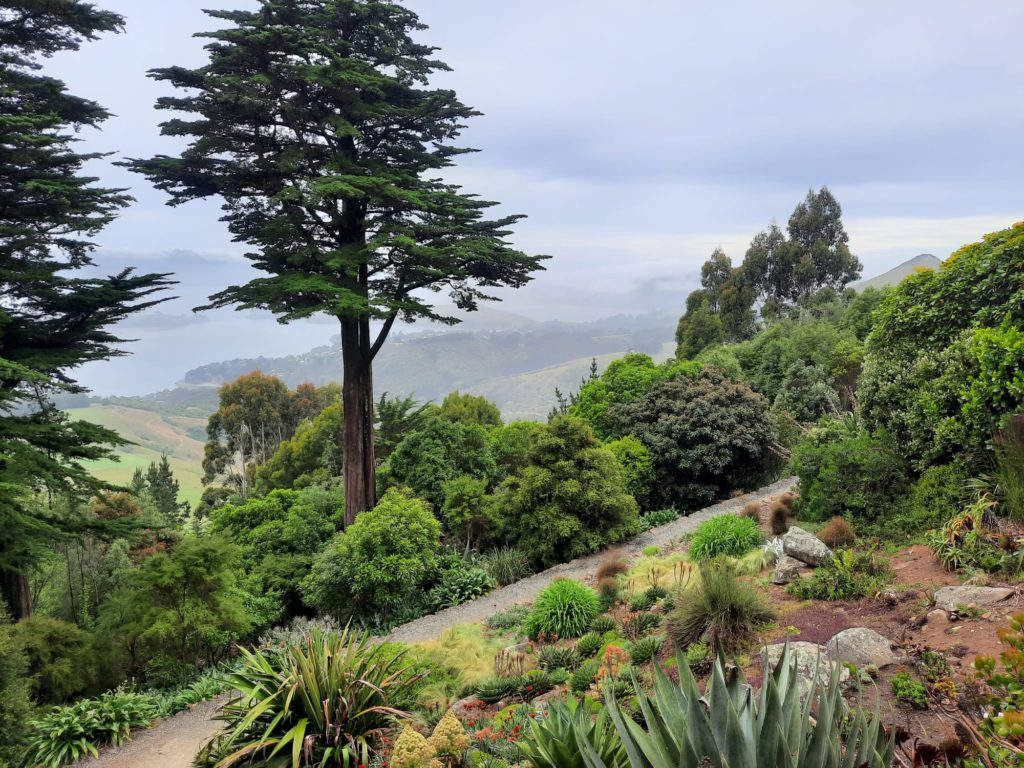
Come For The Castle, Stay For The Garden
If I can give you one piece of advice for visiting Larnach Castle, it’s to set aside sufficient time. We could have done with a bit longer. It is a little further out of the city than I remembered (and the Peninsula roads can be slow going). Plus there was more to see in the house than I thought there would be, even before venturing into the gardens.
Like the Dunedin Botanic Garden which we learned about recently, the garden at Larnach Castle has the designation ‘Garden of International Significance’. You can pick up a separate printed guide to navigate a rock garden, rainforest, formal lawn and more. My favourite was the South Seas Garden, with lovely views down the Peninsula and over the harbour. Yet another handout, this time on native plants, points out notable species and the dates they were planted, going back to the 19th Century.
With so much to see, Larnach Castle is best enjoyed in relatively good weather (or at least not in the rain). Give yourself a couple of hours. Like several attractions on our New Zealand expedition it’s easiest to visit with a car, or on an organised tour. I would recommend the house first, followed by the gardens, with a stop at the cafe somewhere in the mix. Visitor entrance fees pay for ongoing restoration, so Larnach Castle will presumably continue to evolve to reflect the dual stories of the Larnach and Barker families.
Salterton Arts Review’s rating: 3.5/5
Trending
If you see this after your page is loaded completely, leafletJS files are missing.

